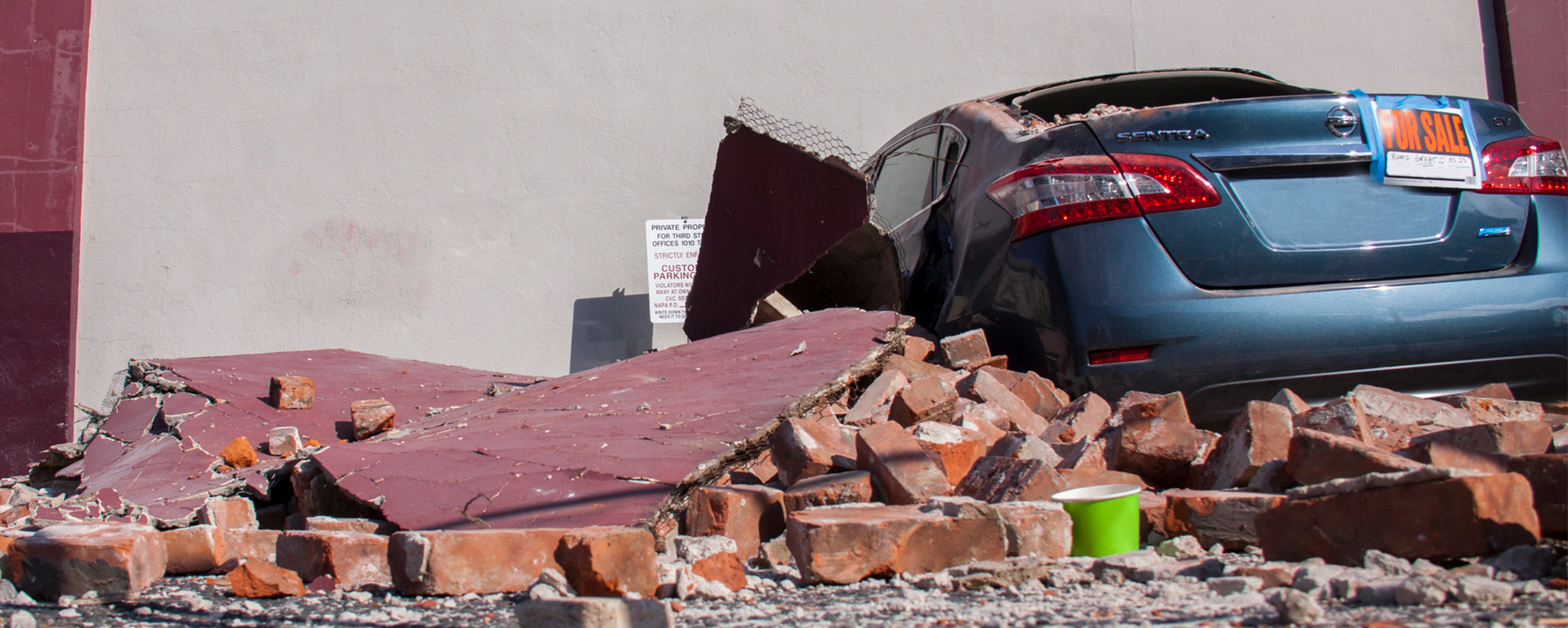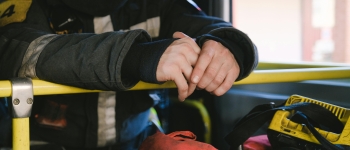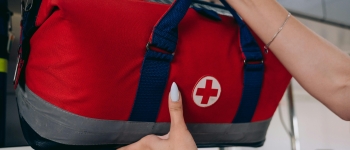Campus Emergency Phones/Call Boxes:
- Emergency phones and call boxes are directly linked to the Campus Police Department.
- Emergency phones and call boxes are labeled and located throughout campus buildings, parking lots, and pathways.
- Emergency phones and call boxes are monitored 24 hours a day.
Emergency Phones are labeled on the SF State campus map with an E symbol. To view the online map, please see the SF State Map Page.

During an earthquake: follow the “Drop, Cover, and Hold On” method, protect yourself from falling debris, and avoid moving during the shaking. Know when to evacuate, how to safely exit buildings, and what to do if you're outdoors. Be prepared for aftershocks and practice safety measures to ensure you're ready in case of an earthquake at work, school, or home.
Earthquake Safety Guidelines
When you feel an earthquake, receive an earthquake alert, or during an earthquake drill, do the following:
- DROP where you are, onto your hands and knees
- COVER your head and neck. Crawl underneath a table or desk for additional shelter
-
HOLD ON to your shelter with one hand. Keep covering your head/neck with your other hand until the shaking stops.
Note: Most injuries caused by earthquakes are from falling objects or due to people trying to move while the ground is still shaking.
If you are in a hallway, drop to the floor against an interior wall and protect your head and neck with your arms.
- Move to an area away from buildings, trees, streetlights, and power lines.
- Drop to the ground and stay there until the shaking stops.
DO NOT...
- enter or exit the building during the shaking.
- use elevators.
Evacuation is not automatic
- Check your surroundings before leaving. Evacuate only if directed by emergency personnel, if the fire alarm is sounding, or if you notice significant hazards (gas or electrical damage, fire/chemical risks, potential for collapse).
- Always check for hazards before exiting the building.
BE PREPARED FOR AFTERSHOCKS
- These can happen at any time (or not at all) and should be responded to exactly the same as the initial earthquake.
Stay Prepared
Earthquakes can happen at anytime and almost anywhere. It is important to practice how to be safe during an earthquake; visit shakeout.org for more resources on how to stay safe during an earthquake at work, school, or home.

